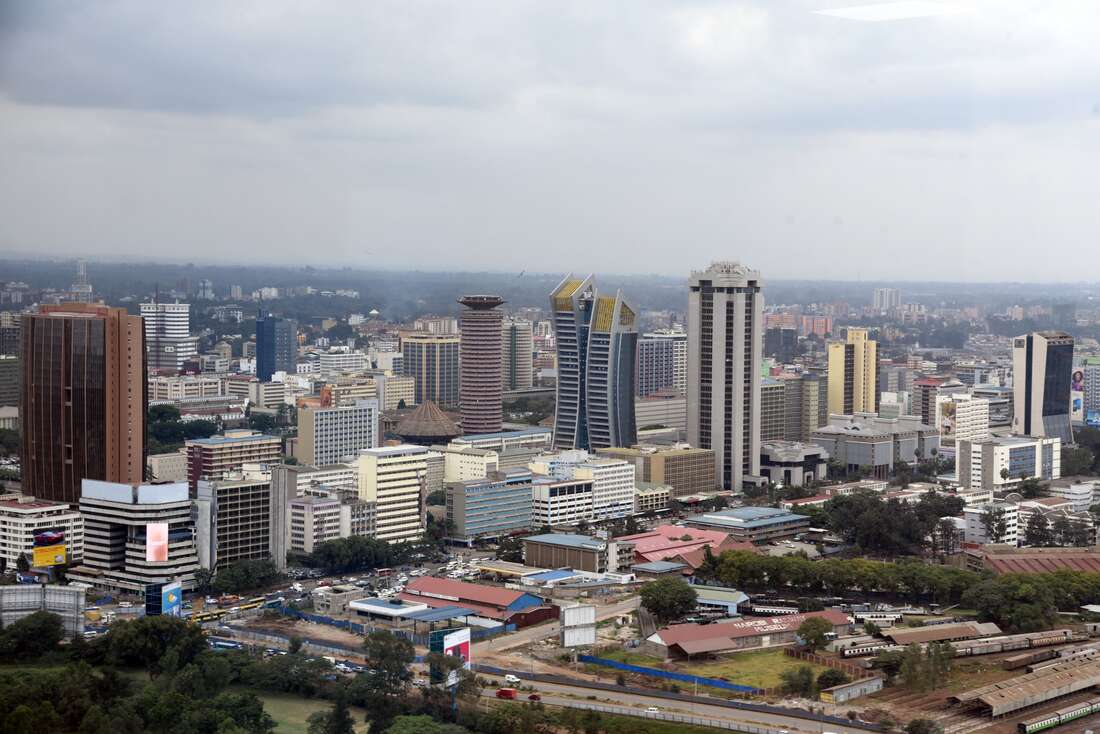Kamenuka! Fear As KCB, Equity And Other Top Banks Set Aside Billions Anticipating Major Loan Defaults

Eight leading banks, including Equity, KCB, and Stanbic, have increased their loan-loss provisions by 45.8 percent to reach Sh62.5 billion in the third quarter of this year. The move anticipates substantial defaults due to a challenging operating environment. During the third quarter of 2022, these eight major lenders allocated Sh42.9 billion as insurance against potential defaults, known as loan-loss provisions.
The current Sh62.5 billion provision is comparable to the amount set aside during the challenging period of 2020, marked by the COVID-19 pandemic when many borrowers were granted debt repayment holidays, as indicated by financial statement analysis.

The data reveals that three of the eight banks have set aside a record amount in insurance funds during this review period, with Equity Bank, I&M, and Stanbic exceeding their provisions from a similar period during the pandemic year.
Stanbic, listed on the NSE, increased its provisions by 56.6 percent to Sh4.48 billion in September, up from Sh2.86 billion in the same period last year. I&M Bank raised its provisions by a third to Sh4.4 billion in September from Sh3.4 billion in the corresponding period last year.
While Co-operative Bank, NCBA, Absa, Standard Chartered, and KCB did not record loan-loss provisions as high as in the pandemic period, NCBA and Co-op Bank experienced a decrease in loan-loss provisions.
The Central Bank of Kenya (CBK) mandates banks to set aside funds when principal or interest goes unpaid for 90 days, anticipating possible borrower defaults.

Non-performing loans (NPLs), loans not serviced for more than three months, have been increasing, indicating a challenging operating environment exacerbated by shilling devaluation, high-interest rates, and soaring inflation.
Equity Bank CEO James Mwangi noted challenges at the household level due to inflation and high commodity prices during an investor briefing.
CBK data shows that the ratio of NPLs to gross loans increased to 15 percent in August from 14.2 percent the previous year. NPLs rose to a record Sh611.4 billion for the first eight months up to August from Sh505 billion in the same period the previous year, explaining the surge in loan provisions.

Experts highlight the era of high interest rates, citing increased operational margins for banks to allocate to losses.
Additionally, a weakened operating environment and high-interest rates, a result of CBK tightening money supply to control consumer prices, contribute to the rise in defaults.
The new tax measures and reduced disposable income due to the administration of President William have added to the challenges faced by households and businesses in servicing loans.
In 2020, most banks established significant cash buffers against potential defaults by borrowers negatively affected by the COVID-19 pandemic.






